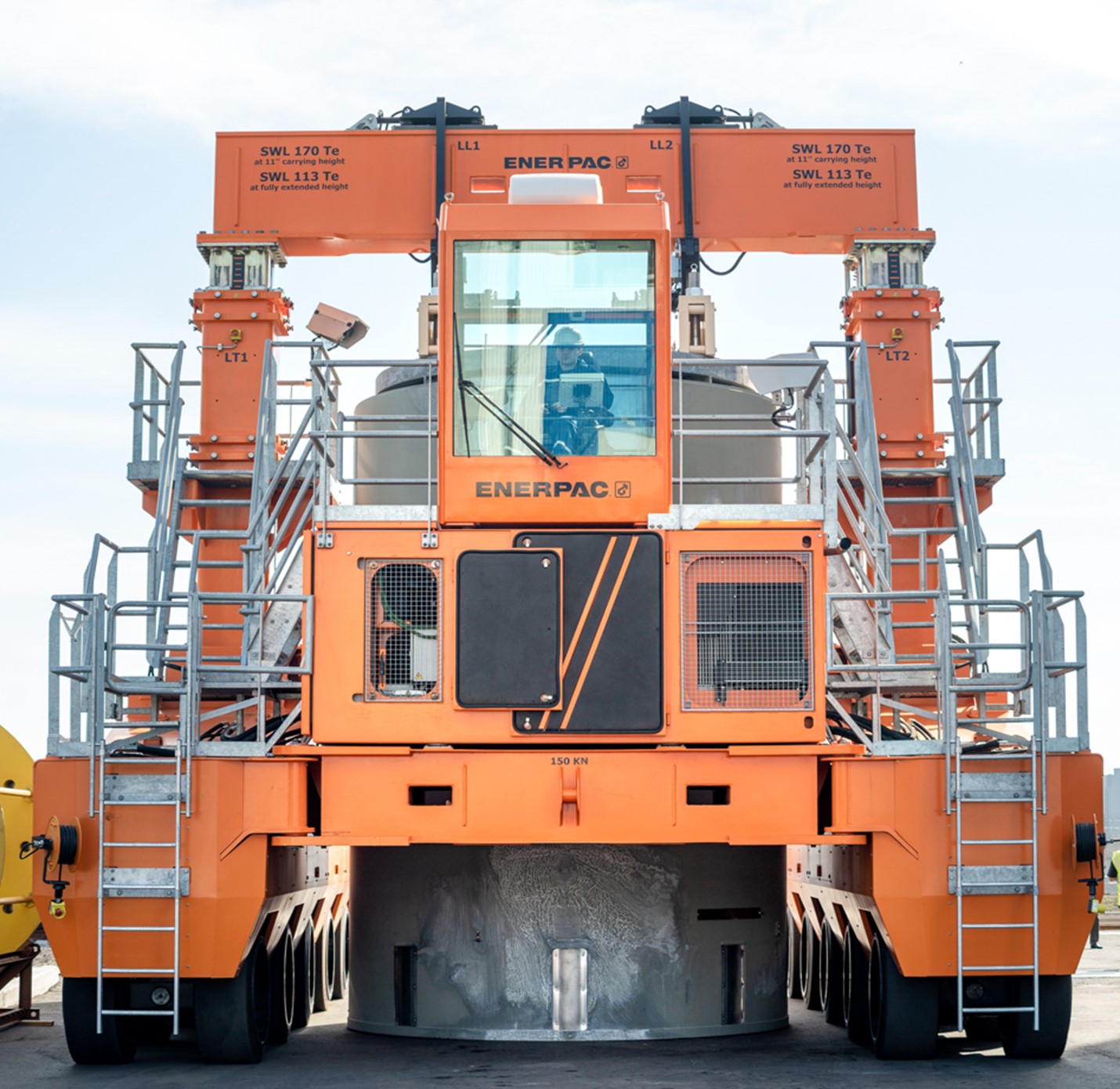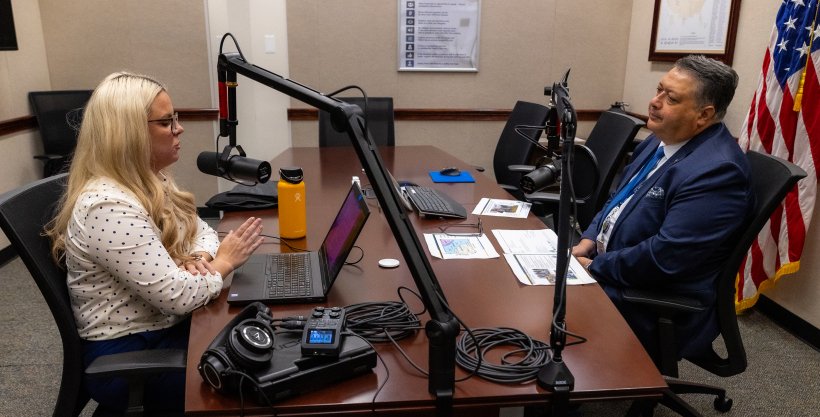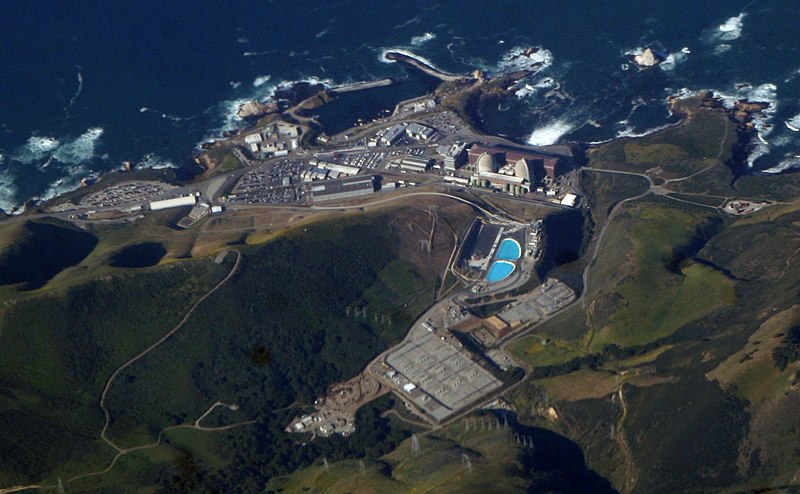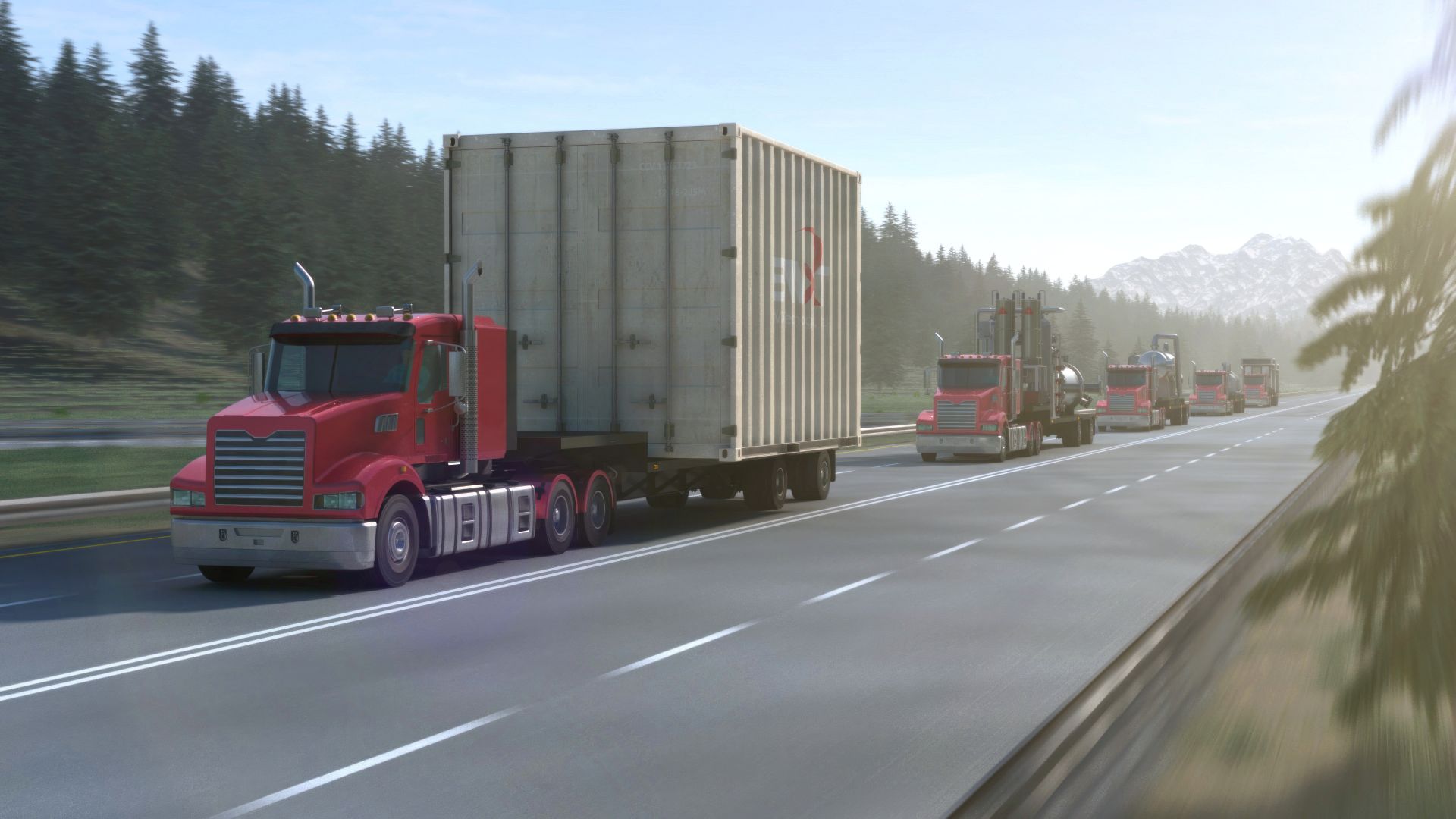LLNL physicist Mary Burkey developed a novel approach to simulating the energy deposition from a nuclear device on an asteroid’s surface. (Photo: LLNL)
The same high energy density that makes nuclear energy a clean and efficient source of power could make it a good alternative to defend the planet against catastrophic asteroid impacts. NASA demonstrated the world’s first planetary defense technology in September 2022 by deliberately crashing a “kinetic impactor”—a heavy, box-like spacecraft—into an asteroid. Now, researchers at Lawrence Livermore National Laboratory have developed a new tool to model how a nuclear device could deflect—or even destroy—an asteroid threat to Earth in a more efficient and controlled way.
A slide from the DOE-FES’s recent presentation to the Fusion Energy Sciences Advisory Committee. (Image: DOE)
The Office of Fusion Energy Sciences (FES) in the Department of Energy’s Office of Science introduced a new plan—"Building Bridges: A Vision for the Office of Fusion Energy Sciences”—during a Fusion Energy Sciences Advisory Committee (FESAC) hearing on December 13, and announced that news December 14. What’s included? A plan for the DOE to “establish the steps needed to help advance fusion energy, including addressing key science and technology gaps in the supply chain and industry.” The vision is less a guiding document than a preview of DOE-FES’s near-term intentions, which include drafting a fusion science and technology road map in 2024 to shape investments for the coming decade.
Homer at his work station. (Artwork from The Simpsons used with the permission of 20th Century Studios)
In the episode “Duffless” in season 4 of The Simpsons, Homer is deep in the bowels of the Springfield Nuclear Power Plant when he encounters a gigantic mutant spider. He turns to a map that says, “To overcome the spider’s curse, simply quote a Bible verse.” Homer starts with, “Uh, thou shalt not . . .” but then, unable to remember anything from the Bible, he instead brains the spider with a rock. This sort of nuttiness is often how we’ve depicted the power plant on the show, where I’ve been a writer and producer for 20 seasons.
DOE-LM’s Taylour Whelan interviews DOE-LM director Carmelo Melendez for one of four podcasts produced for the office’s 20th anniversary celebration. (Photo: DOE)
The Department of Energy’s Office of Legacy Management, which oversees department legacy sites that have been cleaned of radioactive waste and environmental contamination, debuted its first podcast on December 15. Launched in honor of the office’s 20th anniversary, the podcast series includes four episodes, each featuring a different member of the DOE-LM team.
The Diablo Canyon nuclear power plant. (Photo: Doc Searls)
The California Public Utilities Commission (CPUC) voted last Thursday to extend the life of Diablo Canyon an additional five years. The decision was the final step in the extension of the state's last remaining nuclear power plant, whose two reactors will now operate until at least 2029 and 2030, respectively, instead of closing in 2024 and 2025.
Africa is home to 1.5 billion people in 54 countries living on 12 million square miles. The economies of many of these countries are hobbled by a general dearth of energy that nuclear could solve without adding to the harm of global warming.
The World Nuclear Association and the African Commission on Nuclear Energy (AFCONE) last year signed a memorandum of understanding to encourage the use of nuclear energy in support of economic growth and sustainable energy development in Africa.
December 15, 2023, 4:56PMNuclear NewsDonna Kemp Spangler and Joel Hiller BWXT’s microreactor components would be designed to be transported directly from the factory to the deployment site. (Image: BWXT)
“The tools of the academic designer are a piece of paper and a pencil with an eraser. If a mistake is made, it can always be erased and changed. If the practical-reactor designer errs, he wears the mistake around his neck; it cannot be erased. Everyone sees it.”
Many in the nuclear community are familiar with this sentiment from Admiral Rickover. A generation of stagnation in the industry has underscored the truth of his words. But as economies around the world put a price on carbon emissions, there’s a renewed sense of urgency to deploy clean energy technologies. This shifts the global balance of economic competitiveness, and it’s clear that the best path forward for nuclear requires combining the agility of private innovators with the technology and capabilities of national laboratories.
UCOR’s Ken Rueter speaks to University of Tennessee students during an engineering colloquium series. (Photo: DOE)
A significant percentage of the workforce at the Department of Energy’s Oak Ridge Reservation in Tennessee is eligible to retire in the next decade, according to the agency. In an effort to address the potential for a staffing shortage, UCOR, the DOE’s Oak Ridge Office of Environmental Management contractor for cleanup activities at the site, is building a consortium with colleges and universities in the region. The collaboration aims to guide more students toward nuclear-applicable careers to build the next generation of workers for Oak Ridge and the nuclear industry at large.



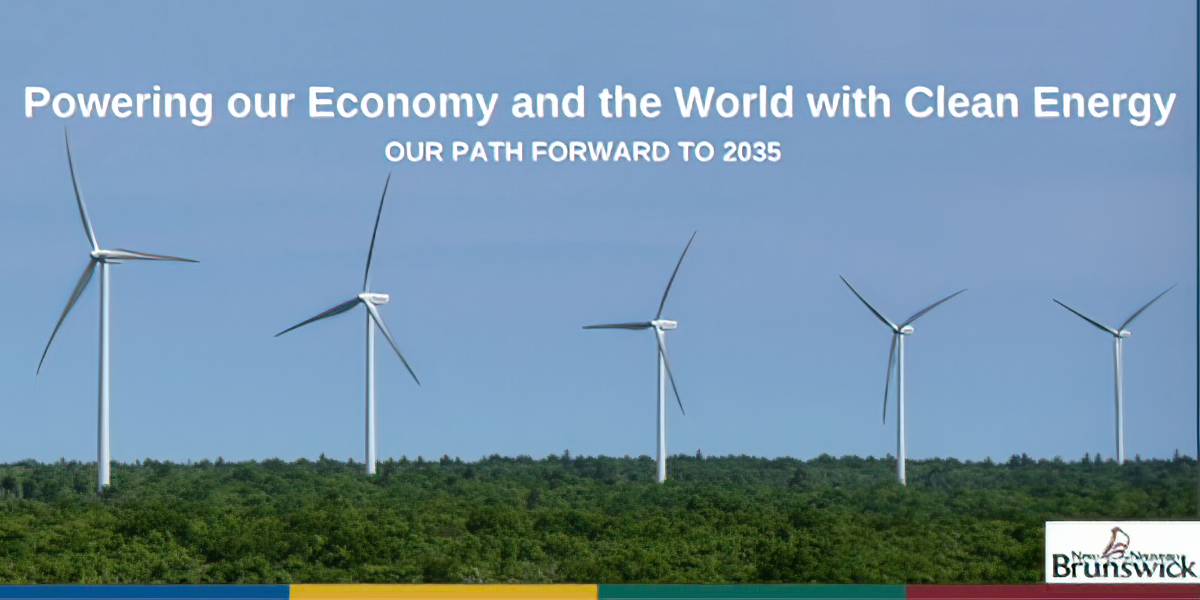
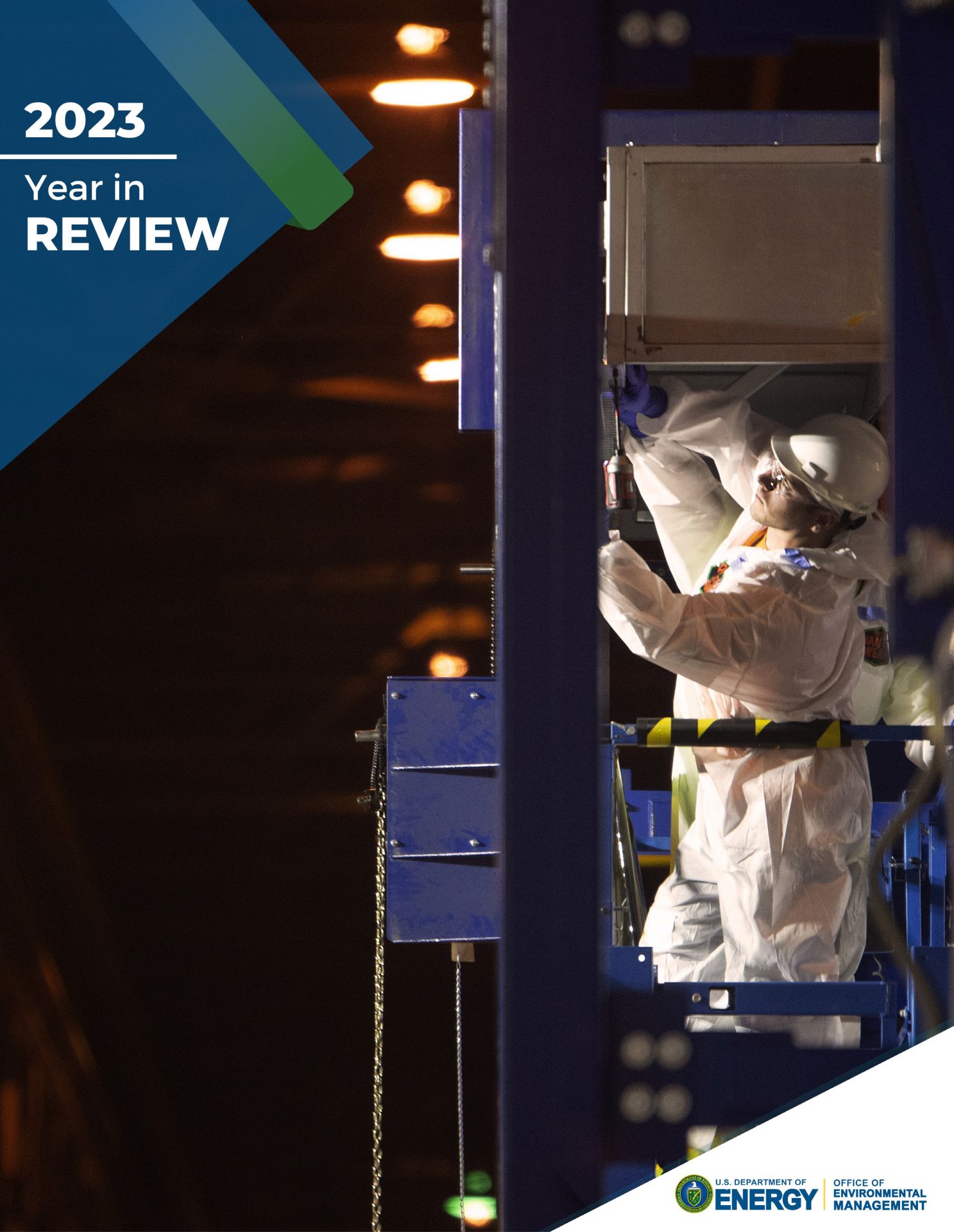 The Department of Energy, in its
The Department of Energy, in its 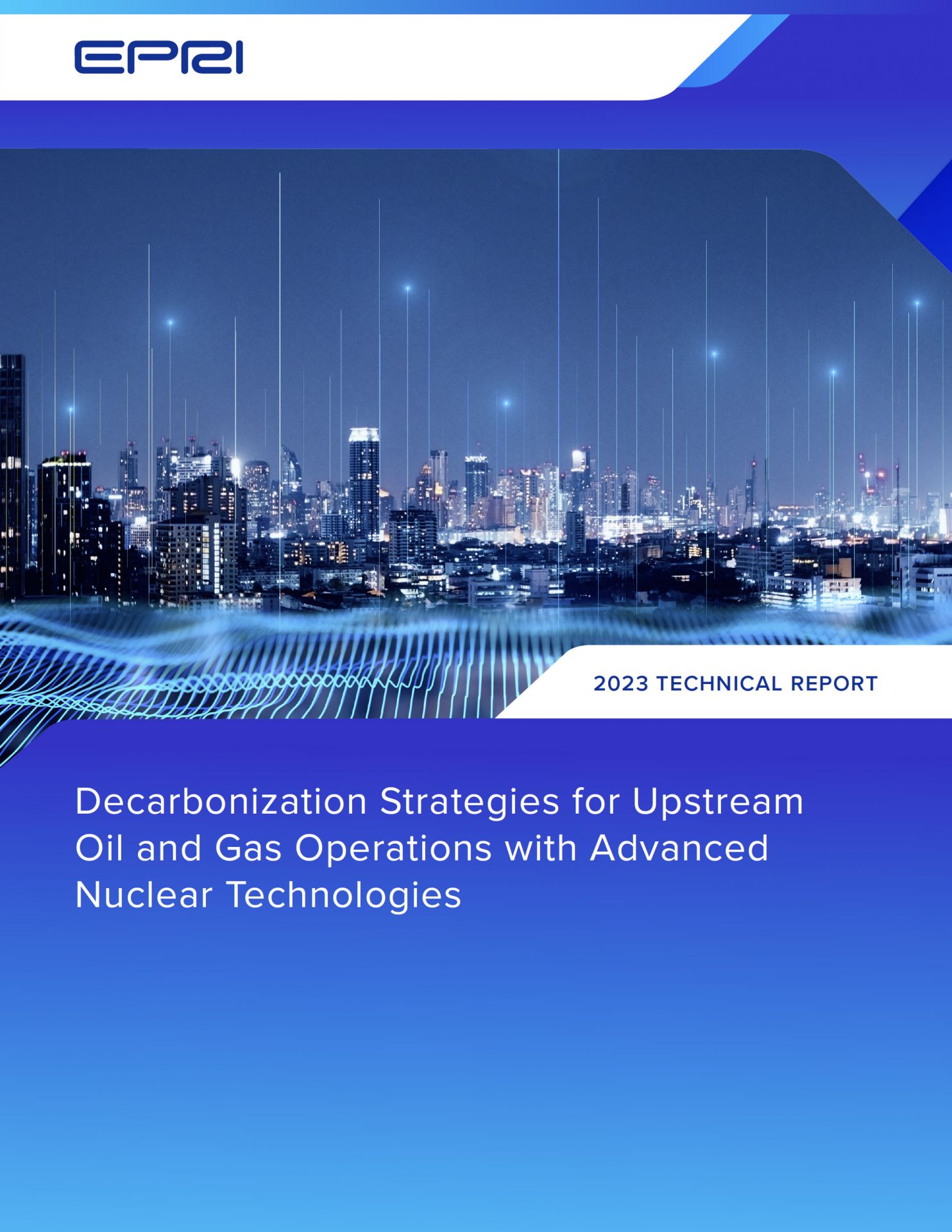 A new report from the Emirates Nuclear Energy Corporation (ENEC) and the Electric Power Research Institute (EPRI) describes the use of nuclear energy to decarbonize some activities normally powered by oil and gas.
A new report from the Emirates Nuclear Energy Corporation (ENEC) and the Electric Power Research Institute (EPRI) describes the use of nuclear energy to decarbonize some activities normally powered by oil and gas.

